Product Detail
Product NameEIF2C3/ Argonaute 3 Rabbit mAb
Clone No.JJ201-07
Host SpeciesRecombinant Rabbit
Clonality Monoclonal
PurificationProA affinity purified
ApplicationsWB, ICC/IF, IHC, FC
Species ReactivityHu, Ms, Rt
Immunogen Descrecombinant protein
ConjugateUnconjugated
Other Names5730550L01Rik antibody Ago 3 antibody Ago3 antibody AGO3_HUMAN antibody argonaute 3 antibody Argonaute3 antibody eIF 2C 3 antibody eIF-2C 3 antibody eIF2C 3 antibody Eif2c3 antibody EIF2C3 protein antibody Eukaryotic translation initiation factor 2C 3 antibody Eukaryotic translation initiation factor 2C3 antibody FLJ12765 antibody hAgo3 antibody MGC86946 antibody Protein argonaute-3 antibody
Accession NoSwiss-Prot#:Q9H9G7
Uniprot
Q9H9G7
Gene ID
192669;
Calculated MW97 kDa
Formulation1*TBS (pH7.4), 1%BSA, 40%Glycerol. Preservative: 0.05% Sodium Azide.
StorageStore at -20˚C
Application Details
WB: 1:1,000
IHC: 1:50-1:200
ICC: 1:100-1:500
FC: 1:50-1:100
Immunohistochemical analysis of paraffin-embedded rat spinal cord tissue using anti-EIF2C3 antibody. Counter stained with hematoxylin.
Immunohistochemical analysis of paraffin-embedded rat brain tissue using anti-EIF2C3 antibody. Counter stained with hematoxylin.
Immunohistochemical analysis of paraffin-embedded mouse brain tissue using anti-EIF2C3 antibody. Counter stained with hematoxylin.
Immunohistochemical analysis of paraffin-embedded rat testis tissue using anti-EIF2C3 antibody. Counter stained with hematoxylin.
ICC staining EIF2C3 in N2A cells (green). The nuclear counter stain is DAPI (blue). Cells were fixed in paraformaldehyde, permeabilised with 0.25% Triton X100/PBS.
ICC staining EIF2C3 in SHG-44 cells (green). The nuclear counter stain is DAPI (blue). Cells were fixed in paraformaldehyde, permeabilised with 0.25% Triton X100/PBS.
ICC staining EIF2C3 in F9 cells (green). The nuclear counter stain is DAPI (blue). Cells were fixed in paraformaldehyde, permeabilised with 0.25% Triton X100/PBS.
ICC staining EIF2C3 in NCCIT cells (green). The nuclear counter stain is DAPI (blue). Cells were fixed in paraformaldehyde, permeabilised with 0.25% Triton X100/PBS.
Flow cytometric analysis of N2A cells with EIF2C3 antibody at 1/50 dilution (red) compared with an unlabelled control (cells without incubation with primary antibody; black). Alexa Fluor 488-conjugated goat anti rabbit IgG was used as the secondary antibody.
Eukaryotic translation initiation factor 2C (eIF2C) proteins (argonaute family) influence RNA interference (RNAi) as components of the RNA-inducible silencing complex (RISC) or microRNA (miRNA)-containing ribonucleoprotein particle (miRNP). Small RNAs, including small interfering RNAs (siRNAs) and miRNAs, can silence target genes through mechanisms that utilize RISC or miRNP particles. eIF2C1 (argonaute 1, AGO1, eIF2C, GERP95, Q99) and Dicer1 play a coordinated role in siRNA-mediated gene silencing. eIF2C2 (Slicer, argonaute 2, AGO2, Q10) is a RISC component that can concentrate in cytoplasmic processing bodies (P-bodies) and catalyze mRNA cleavage. Mammalian P-bodies contain mRNAs and have an association with miRNA-induced translational silencing and siRNA-induced mRNA degradation. Additional eIF2C proteins include eIF2C3 (argonaute 3, AGO3), eIF2C4 (argonaute 4, AGO4) and meIF2c5 (mouse argonaute 5).
If you have published an article using product 49234, please notify us so that we can cite your literature.


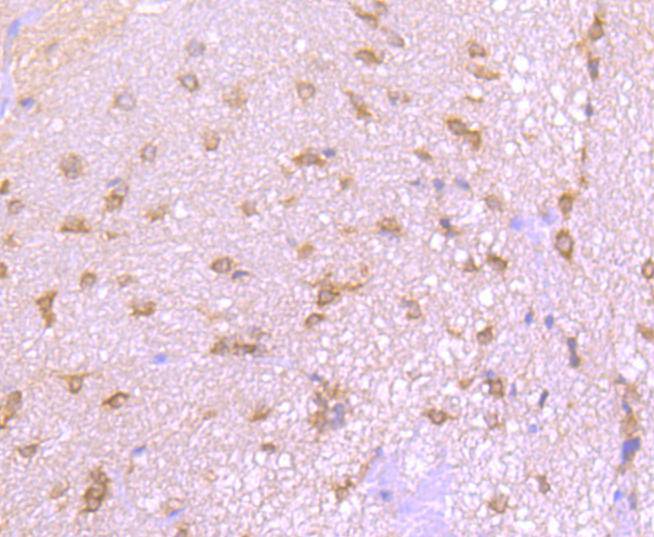
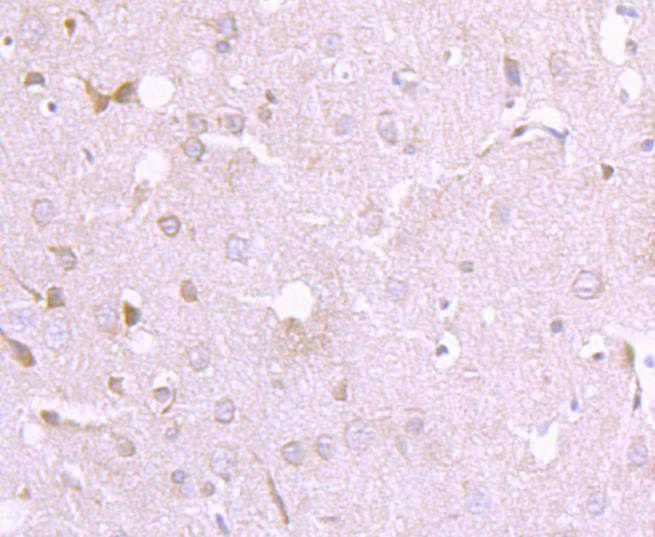

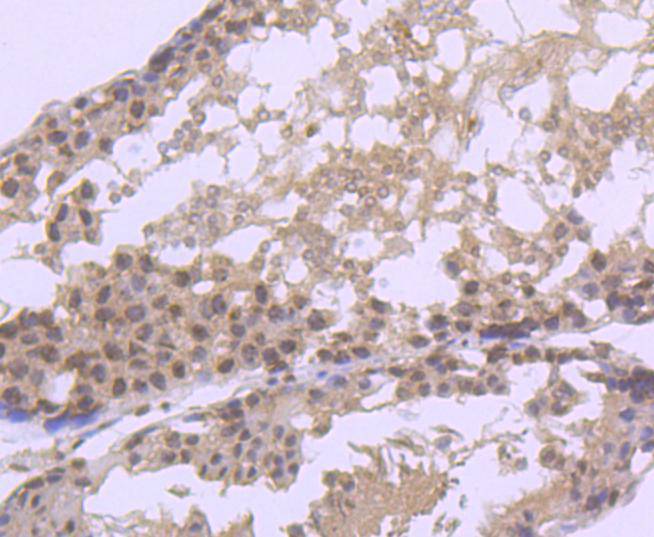
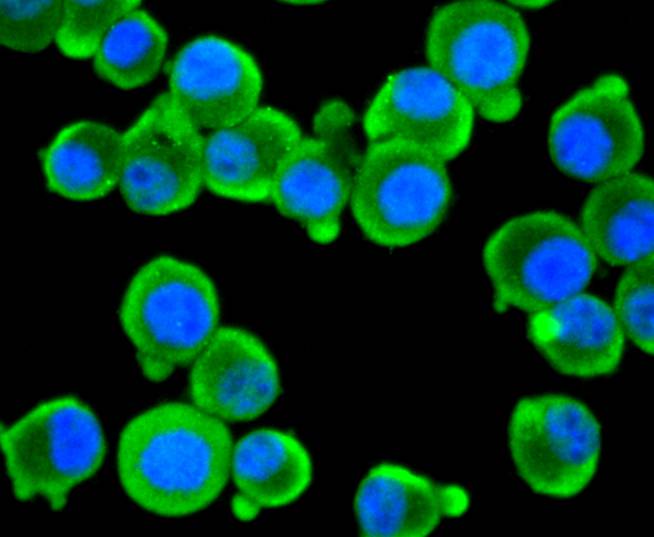
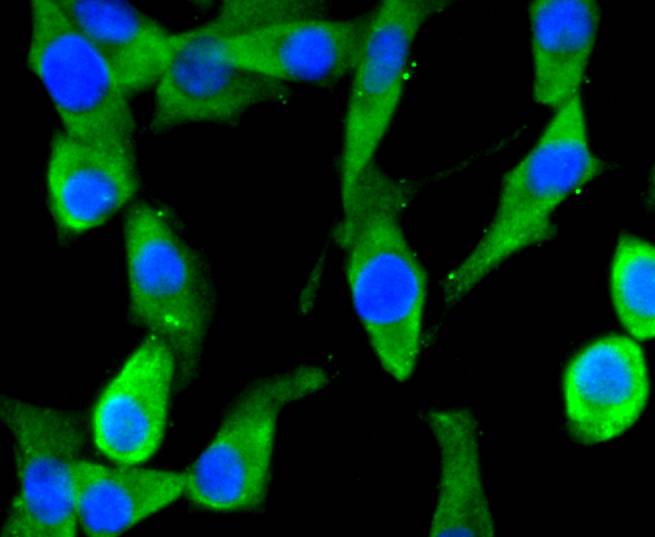



 Yes
Yes



